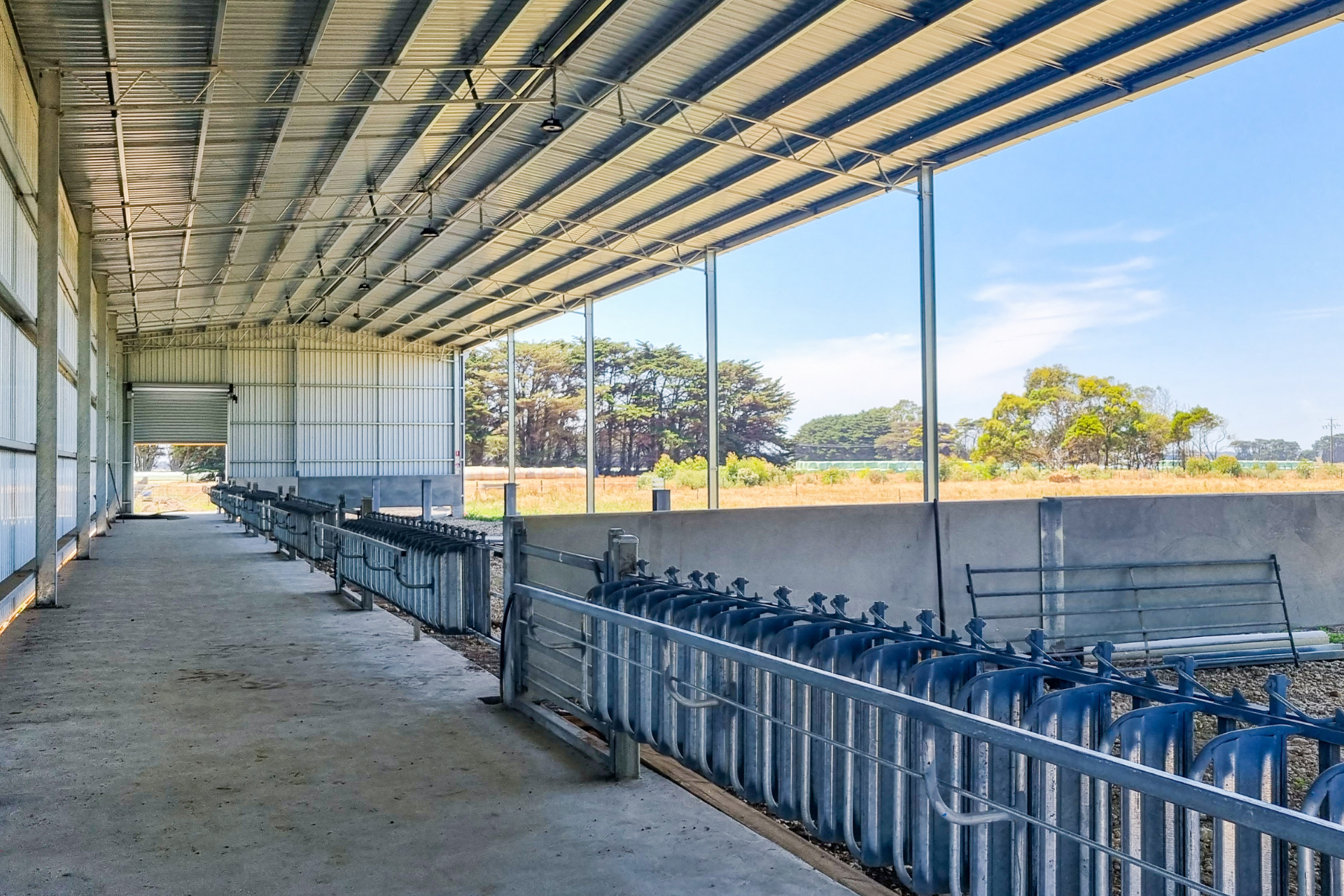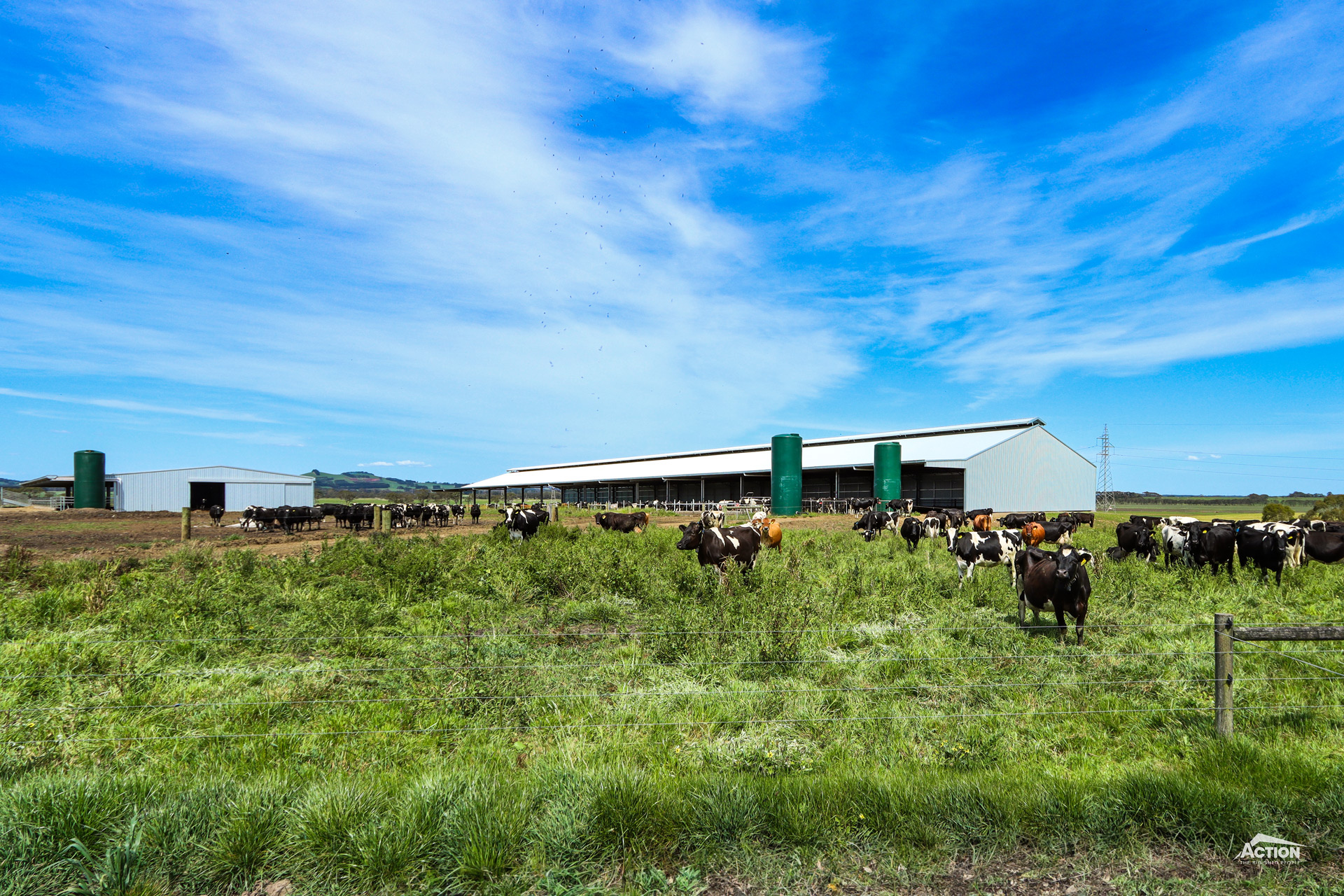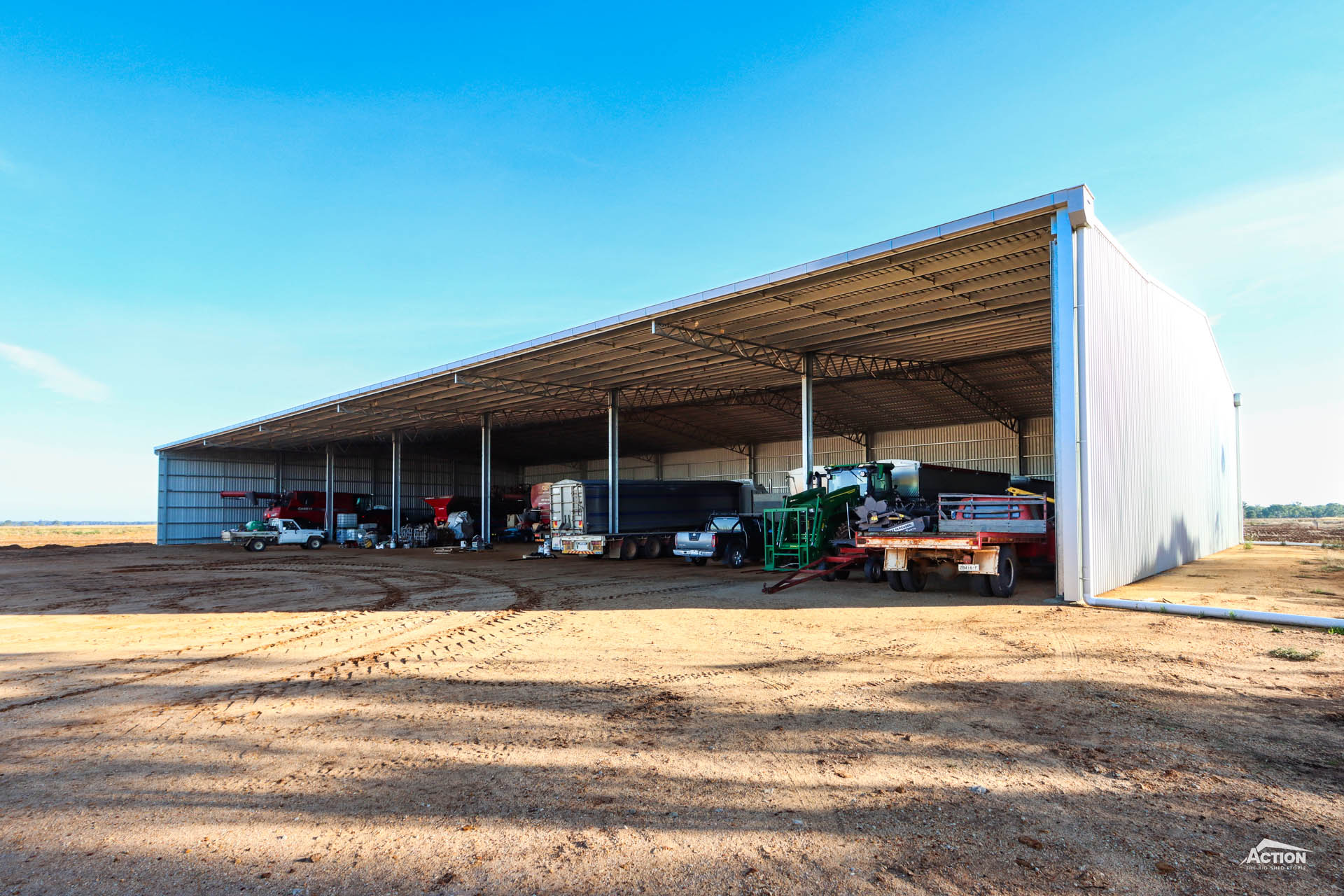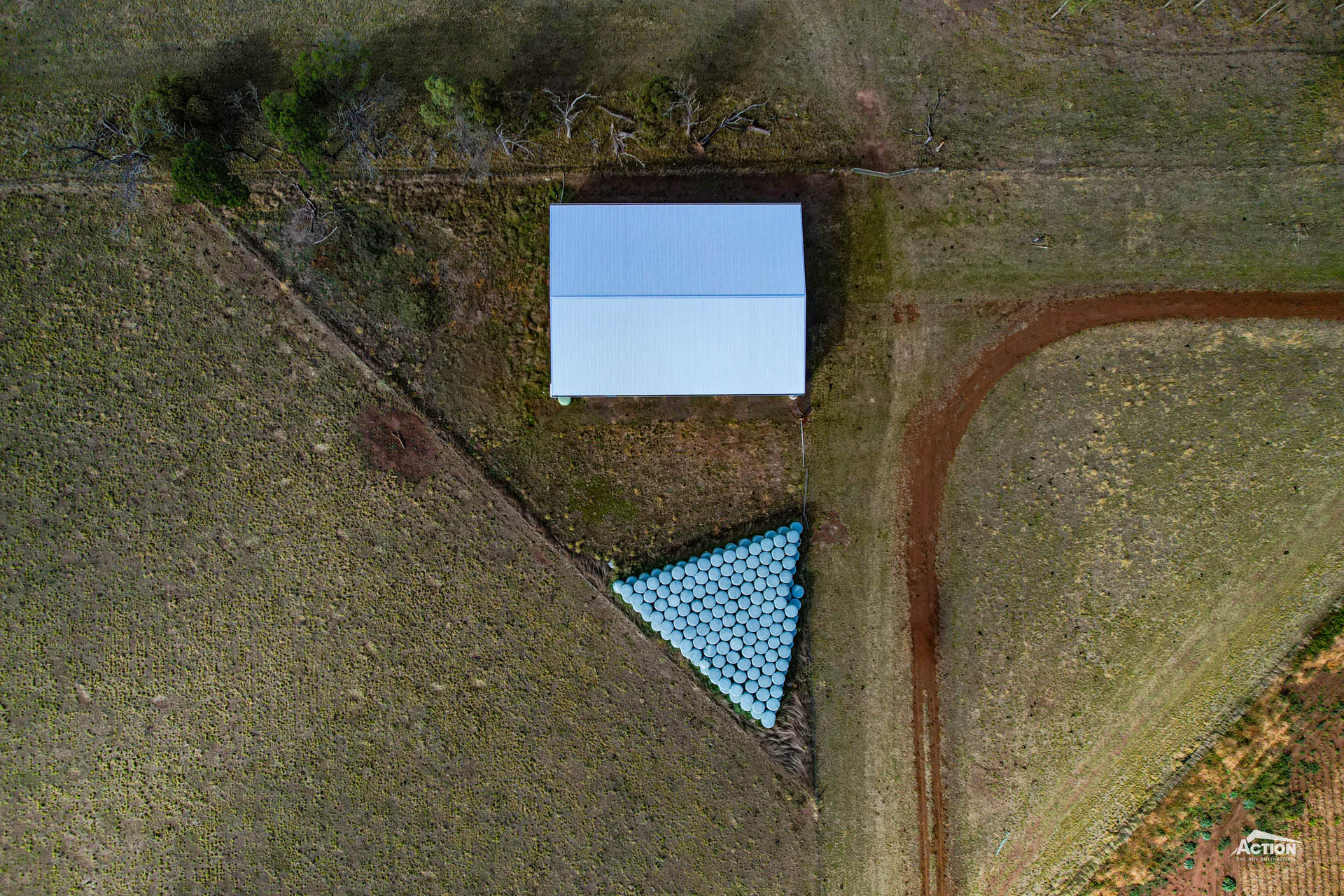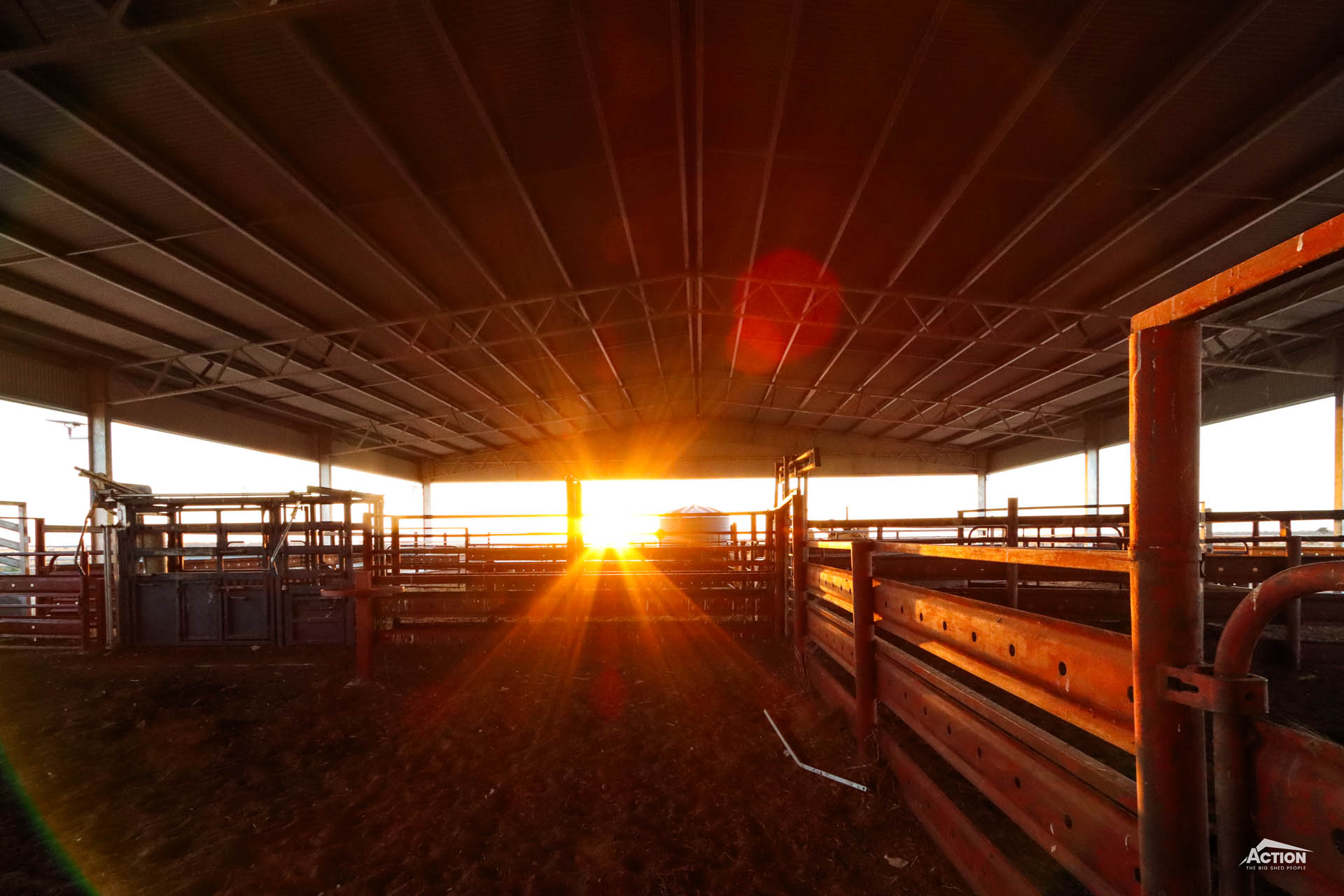Calving can be a very busy time, particularly with multiple batches.
And everything seems to need to happen all at once.
But while you might be time-poor, don’t forget the importance of keeping your calf shed clean.
A clean calf shed prevents bacteria and diseases from spreading. And makes your job easier too; when calving finishes you are left with a much more manageable clean-up task.
The best way to keep your calf shed clean and in the best possible condition is to have a plan in place.
So, we’ve collated some tried and tested ways of cleaning and maintaining calf sheds. And some ways you can make the task easier!
Keep reading to learn all about it.
11 Steps To Keeping Your Calf Shed Clean
Here are some suggestions to help you maintain a high level of cleanliness in your calf shed, for whether you are planning a new build or using your existing infrastructure.
We hope you find these helpful.
1. Use Concrete
Including concrete panels and concrete slabs in your calf shed design is a really good idea. It makes it easier to clean the shed out and wash the calf-rearing area down between batches.
And it also has the added benefit of corrosion protection.
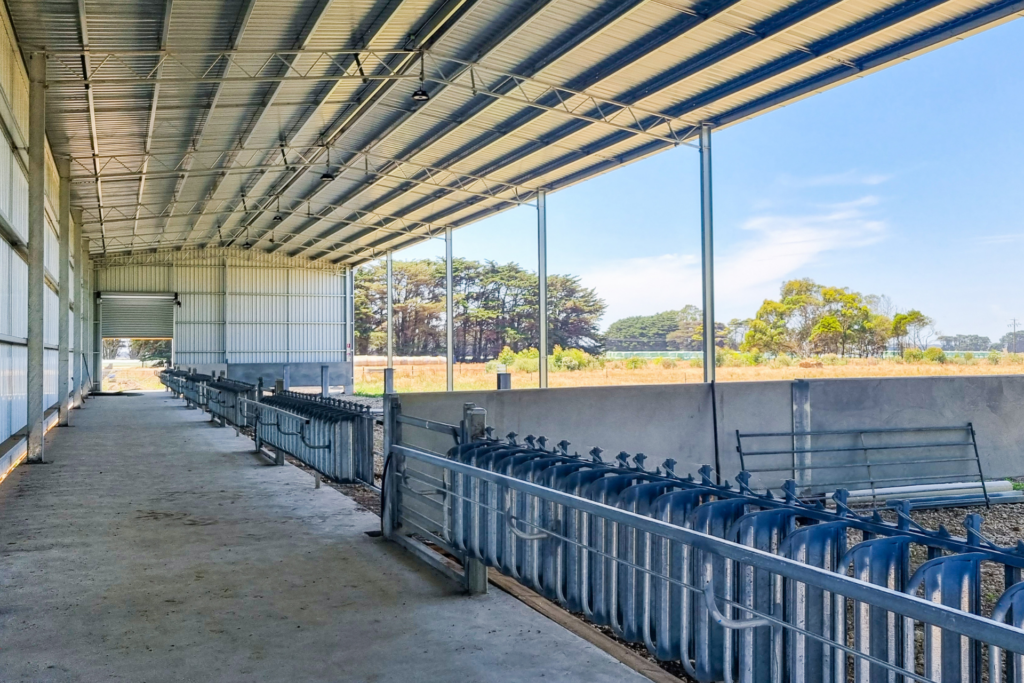
2. Plan Access
Planning the access points to your calf shed is important whether it’s a new build or you’re using an existing shed. It’s a good biosecurity control measure as you know who comes in an out of the shed, and where.
For a new shed build, pay attention to the shed clearance height and opening widths so that there is adequate room for machinery to enter and clean out the shed.
3. Sanitise
Use a sanitiser or disinfectant for cleaning down the shed, feeding equipment and buckets. Iodine spray and wipes are also a good way for keeping calving and tagging equipment clean.
It is a good idea to follow the CSIRO WATCH principle when cleaning utensils and equipment. This is:
Water Good water quality
Action Scrubbing
Time Leaving chemicals on the equipment long enough to work
Chemicals Use the right chemicals for the job
Heat Chemical activity doubles every 10 degrees over 50 degrees Celsius.
And remember to have gloves and sanitiser available for staff too as a preventative measure to reduce the risk of the spread of zoonosis diseases.
4. Replace Bedding
Choose the right type of bedding for your calf shed and ensure it’s replaced between batches, or even more regularly if there is a real risk of disease.
As CSIRO points out in this publication calf shed flooring needs to “be either solid, non-slippery and well-drained, or comfortably soft, warm and dry and easy to clean by machinery” but “no single material meets all of these specifications.”
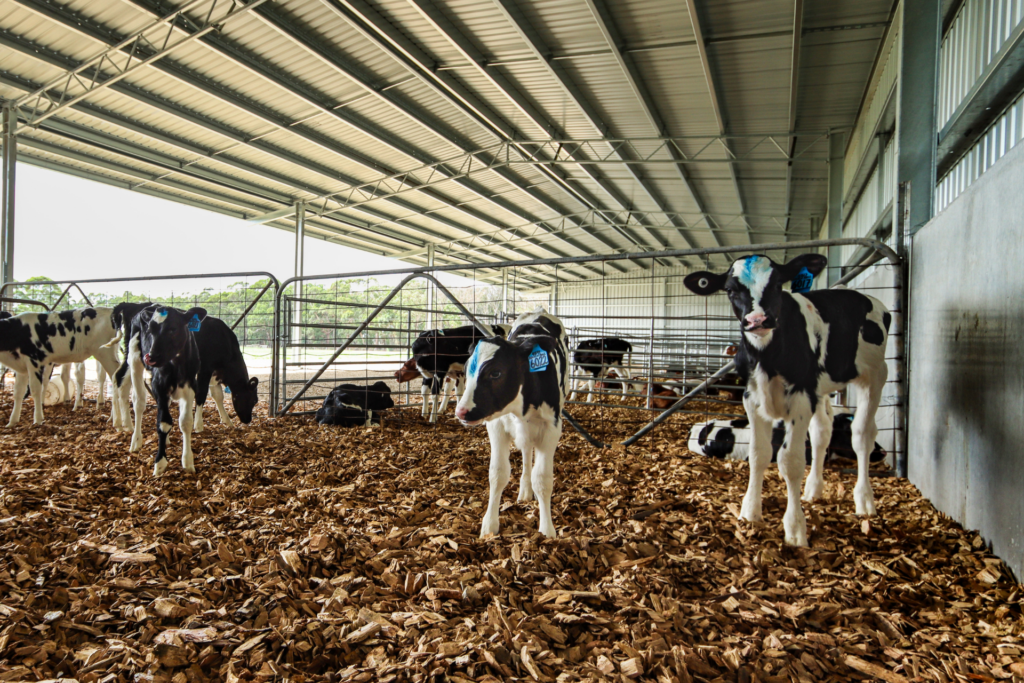
During the milk rearing phase, 40-50cm of rice or almond hulls or wood chips over a concrete floor works well.
If you are wanting to include a concrete floor in your calf shed, remember to consider the machinery that will be accessing the shed. This will help determine how thick the slab needs to be.
We generally recommend a slab thickness of 150mm.
5. Create A Quarantine Area
Ensure you have separate pens available for sick and/or vulnerable calves away from the main calf rearing area, to prevent the sickness from spreading the group.
It is also a lot easier to observe and monitor sick calves when they are away from the main group.
Consider including a desk for record-keeping and a washing-up area with hot water available.
6. Be Organised and Orderly
We’re getting back to basics with this tip! Be organised!
Have a place for everything and take the extra time to ensure it gets put back there – it will usually only take a matter of minutes.
And this means when something comes up unexpectedly, whether it’s staff shortages or a sick calf, you know everything is already in order and you are on the front foot.
Another good idea is to have a whiteboard and pens where staff can make a note of jobs that need doing or calves that need attention.
7. Establish Biosecurity Plans and Protocols
Establish plans and protocols for you and your staff for cleaning, hygiene and overall biosecurity.
Some of the biosecurity measures suggested by the Rangiora Vet Centre, particularly when there is a risk of disease spreading, include:
- Installing solid partitions between sick and healthy calf pens.
- Feeding sick calves after healthy calves and with separate equipment.
- Wearing clean clothing and footwear. And disinfecting gumboots.
- Wearing gloves to reduce the transfer of pathogens between sick and healthy calves.
- Rearing bobby calves separately but providing them with the same level of care as they are a potential source of infection.
- Establishing an ‘all-in all-out’ system so that new calves enter a pen and stay there until they are put outside, rather than rotating individuals or groups between pens or sheds.
- Quarantine calves sourced from other properties by source.
8. Conduct Maintenance
Keep maintenance of your calf shed and calf rearing system up to date, whether it’s fixing a leak in a water trough or replacing damaged cladding.
Don’t underestimate the role well-maintained and up-to-date facilities play in maintaining a high level of hygiene, and in just generally making calving a less stressful ordeal.
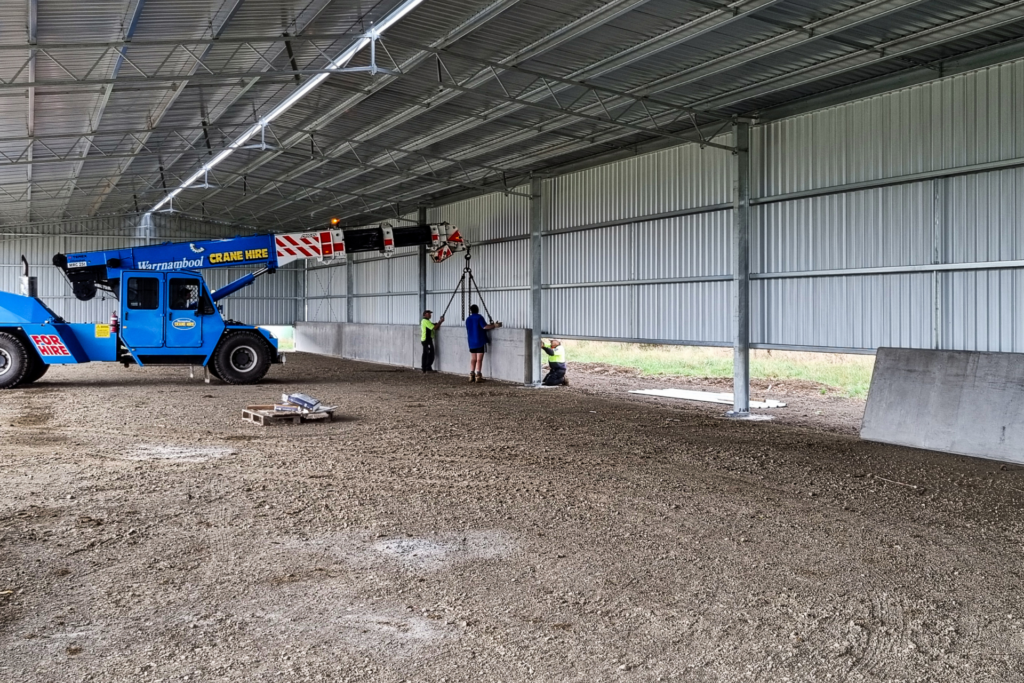
9. Plan your Site Selection
Carefully select and plan your calf shed site to ensure that it has good drainage to help keep flooring dry. This is also important for effluent management.
And if the calves will be spending time outside of the shed, make sure you know the history of the area and if there is any risk of contamination for example, whether it has been grazed by older stock or if chemicals have been stored there in the past.
10. Include Ventilation
Ensure there is adequate ventilation throughout the shed to keep the air fresh and limit ammonia.
It’s obviously important to find the right balance though, as calves are vulnerable to sickness in draughty areas.
One way to achieve this balance is to make sure the shed is facing away from the prevailing weather and install ridge vents and sliding doors to keep air moving through the shed.
11. Maintain Hygiene
Make sure you just generally maintain a high level of hygiene.
For example, this could be as simple as keeping rubber non-slip matting washed down. This is a common place for diseases to be picked up and transferred.
Paying attending the small everyday details and cleaning sets you up for success and establishes a manageable daily routine rather than it being a big once-off task.
So, there’s 11 tips for keeping your calf shed clean!
Using these tips to keep your calf shed clean will go a long way to keeping bacteria at bay and reducing the risk of diseases and sicknesses. This will help create an environment where your calves can survive and thrive.
Plus, having it all documented, plans in place and protocols followed will give you peace of mind and hopefully result in calving being a less stressful time for you.
Bonus Tip: Pay Attention To Calf Shed Design
If you are building a new calf shed pay attention to design features that will facilitate a clean, hygienic set-up and make it easier to keep in good condition such as concrete panels, hot dip galvanised steelwork and well-planned access points.
Hot dip galvanized steel for example, not only prevents corrosion there is also less chance of disease build-up, especially when compared to wooden materials.
And if the shed is going to be multi-purpose, ensure the design allows adequate separation between calf-rearing areas and storage areas.
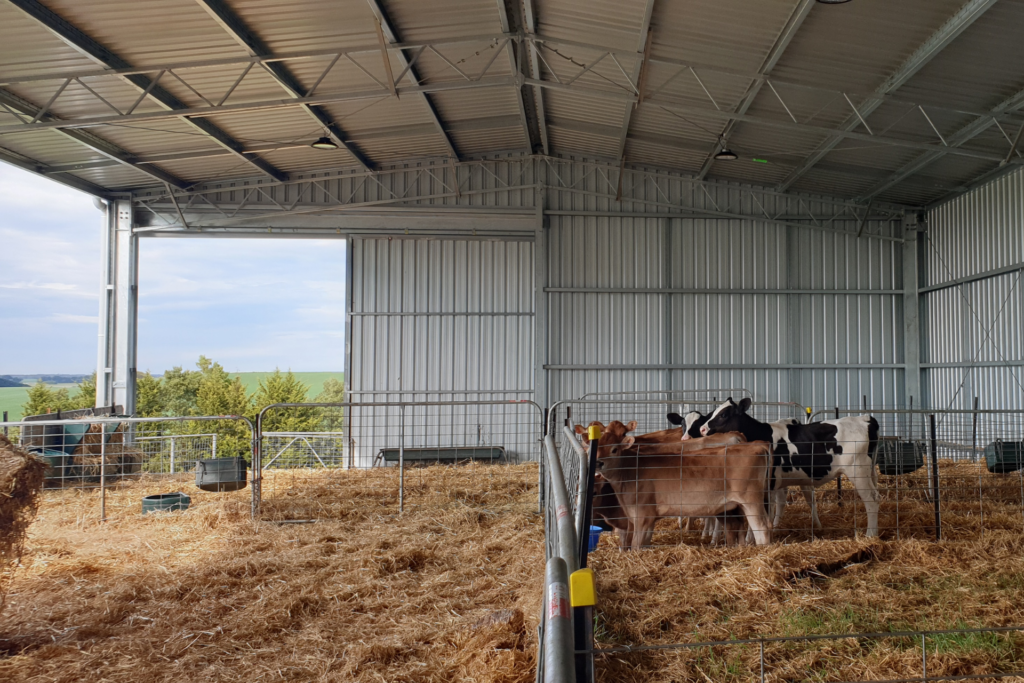
If you would like more information on a new calf shed build, check out the useful resources listed below.
Useful Resources
Wanting to upgrade your calf shed facilities? Budgeting for a new calf shed build?
Here’s some helpful information for you.
- How Much Does It Cost To Build A Calving Shed?
- Dairy Sheds & Infrastructure Guide (Brochure Download)
And if you have any other questions about building a calving shed, check out this article – Top 10 Questions About Building A Calving Shed, Answered
For more articles like this one browse our Learning Hub. And if you have any questions about calf sheds give us a call!

